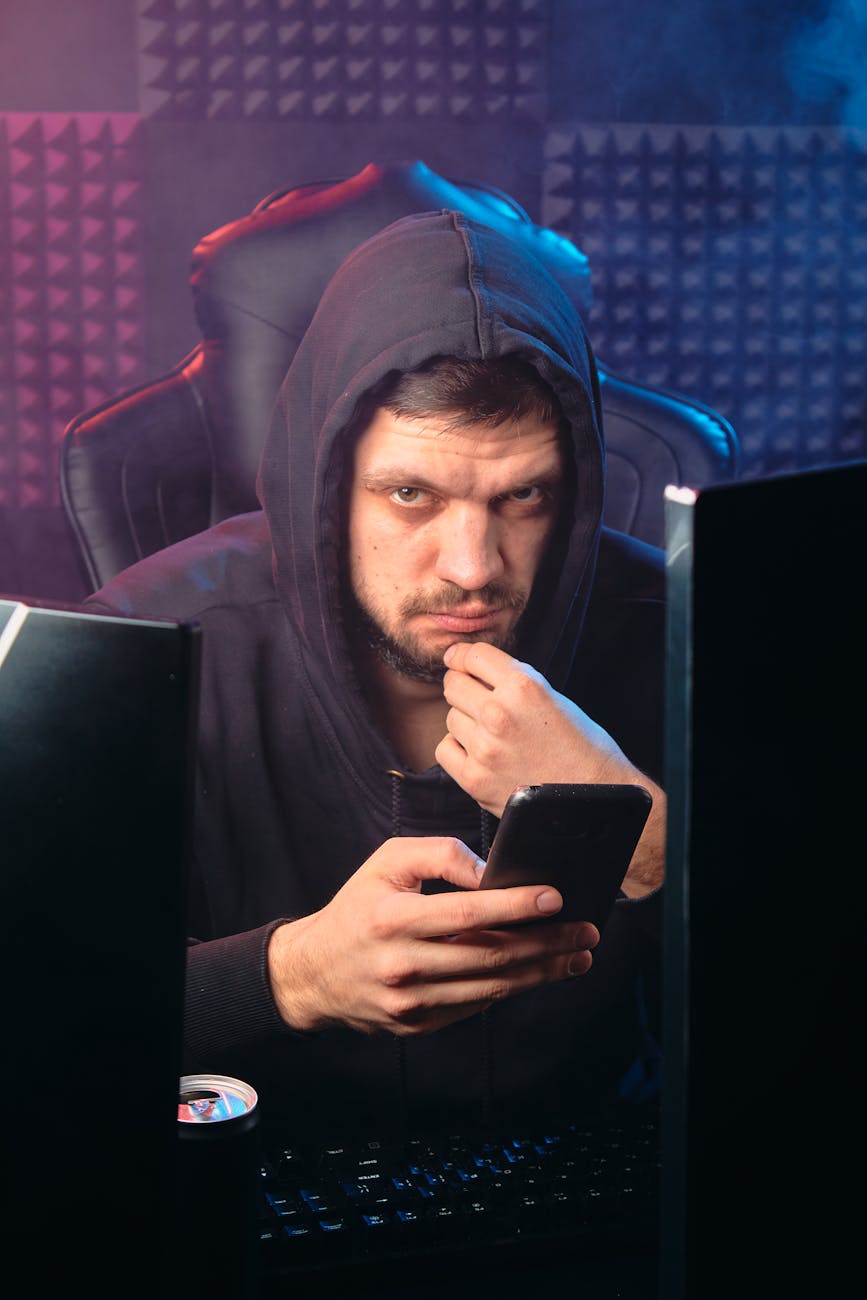AI Artpocalypse? 5 Ways AI Will SHOCK the Art World (And Will Artists Survive?)

AI Artpocalypse? 5 Ways AI Will SHOCK the Art World (And Will Artists Survive?)
Forget the robots taking our jobs – what if they started taking our art? AI art generators are exploding onto the scene, spitting out stunning images at the click of a button. Is this the dawn of a new artistic golden age, or the death knell for human creativity? Let’s dive into five ways AI is poised to completely upend the art world, and whether artists can weather the storm.
1. The Democratization (or Devaluation?) of Art
Imagine creating breathtaking masterpieces without years of training. AI art generators make this a reality. Anyone with a laptop can now generate stunning visuals, instantly democratizing art creation. This opens up exciting possibilities for non-artists, but it also raises a serious question: if anyone can create “art,” does it lose its value?
The Algorithm as Muse:
Think of AI as a super-powered muse. It can churn out countless variations based on your prompts, offering a seemingly endless source of inspiration. But is this inspiration truly *creative*, or merely a sophisticated remix of existing data?
2. The Blurring Lines of Authorship
Who owns the copyright to an AI-generated artwork? The programmer? The user who inputted the prompts? The AI itself? The legal landscape is a Wild West, and the implications are far-reaching for artists, collectors, and galleries alike. This ambiguity could lead to significant legal battles and reshape the very definition of artistic ownership.
The Ghost in the Machine:
It’s like asking who wrote a song created by a songwriting AI trained on thousands of existing songs. Is it the programmers who built the AI, or the countless artists whose work informed its training data? The answer, for now, remains frustratingly unclear.
3. The Rise of Hyper-Realistic Forgeries
AI can now convincingly mimic the styles of famous artists. Imagine incredibly realistic forgeries of Van Gogh or Picasso, indistinguishable from the originals. This poses a significant threat to the art market, potentially causing chaos and distrust. How can we authenticate art in a world where AI can perfectly replicate it?
The Counterfeit Conundrum:
This isn’t just about money; it’s about the integrity of artistic legacy. The ability to create perfect imitations undermines the very essence of artistic authenticity and originality.
4. The Unexpected Artistic Innovations
Despite the potential downsides, AI also opens doors to completely new artistic styles and forms. It can generate images beyond human imagination, pushing the boundaries of creativity in unexpected ways. Artists can use AI as a collaborative partner, exploring new aesthetics and pushing their creative limits.
The AI as Co-Creator:
Think of AI as a musical instrument – a powerful tool that expands the artist’s capabilities, not replaces them. The real skill lies in mastering the instrument and using it to create something truly unique.
5. The Evolution of Artistic Skill
Will artists adapt and integrate AI into their workflows, or will they be left behind? The future might see a hybrid approach, where artists use AI as a tool to enhance their creativity, rather than a replacement for it. This demands a new skillset – the ability to effectively prompt and guide the AI to achieve the desired artistic vision.
The Human Touch:
Even with AI’s capabilities, the human element – emotion, intention, and unique perspective – remains crucial. The most successful artists of the future will likely be those who can harness AI’s power while retaining their distinctive human touch.
In conclusion, the rise of AI art is a double-edged sword. It presents both incredible opportunities and significant challenges to the art world. The question is not whether AI will change the art world, but how we will adapt and navigate this transformative era. Will human creativity prevail, or will AI redefine art as we know it?
What do YOU think? Let us know below!
Share this post if it blew your mind!



